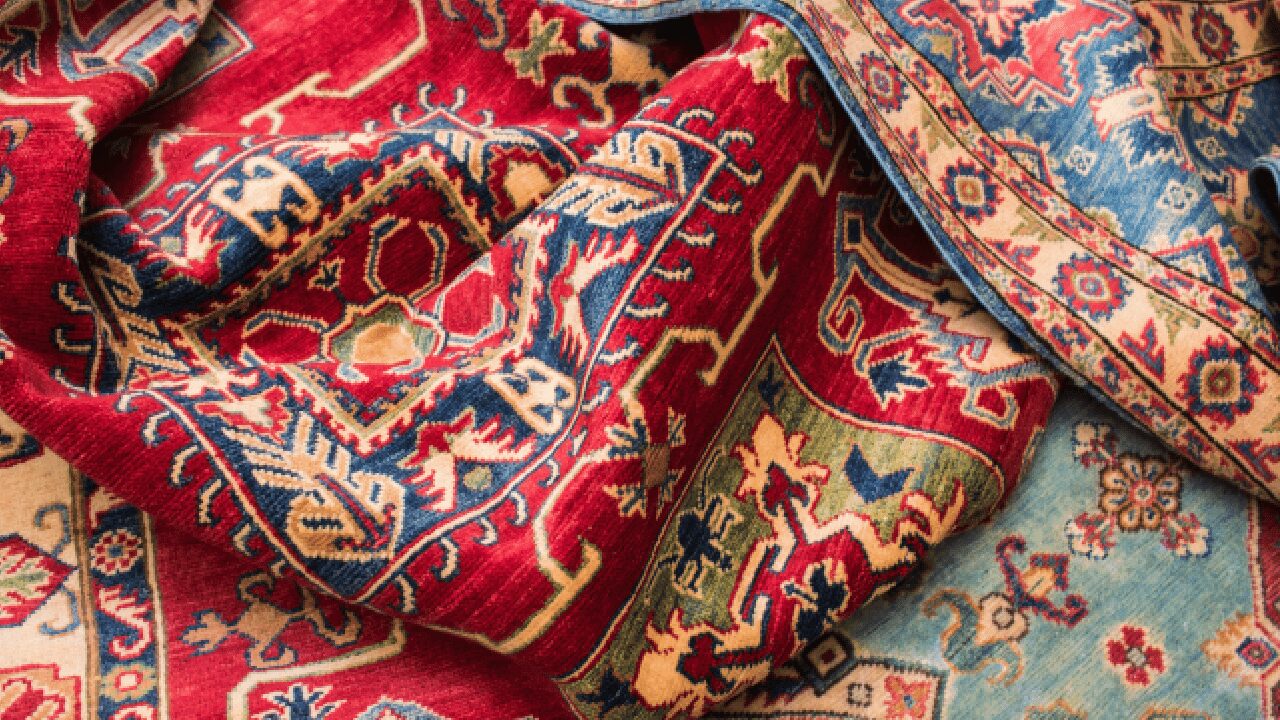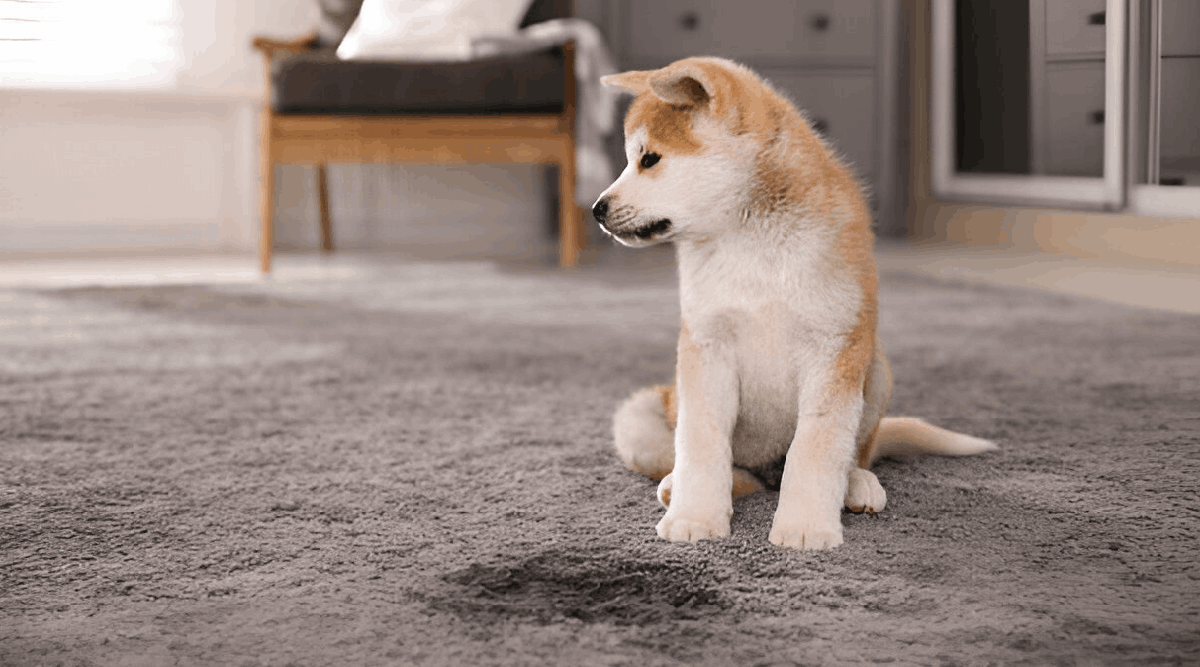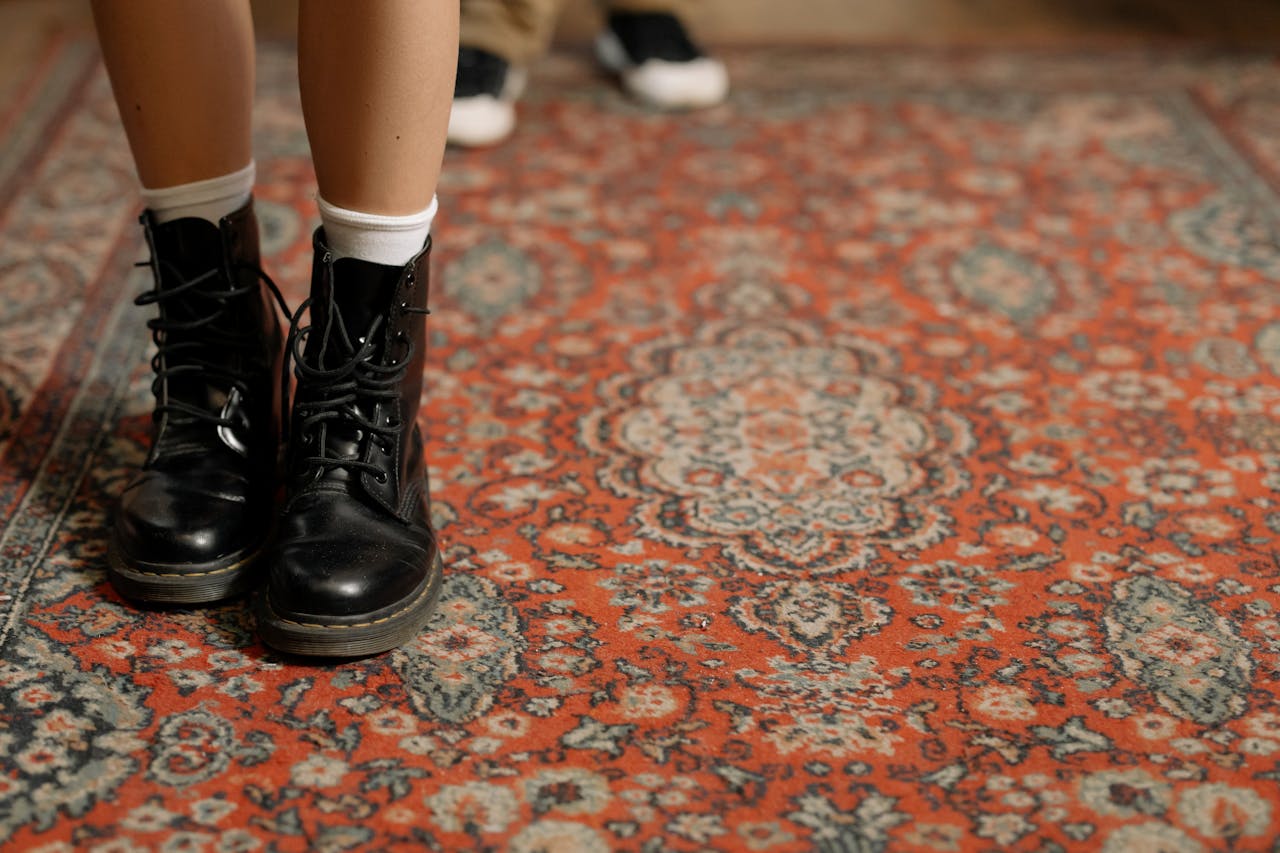Do’s and Dont’s of DIY Persian Carpet Cleaning

A Persian rug is more than just a piece of furniture – it is a piece of craftsmanship, often with a high sentimental or material value. The fine patterns, natural colours and high-quality materials make it a real eye-catcher. However, as with any carpet, dust, dirt and sometimes stains accumulate over time.
Many people want to clean their Persian rug themselves – either to save costs or to be able to react immediately to a stain. But be careful: the wrong cleaning method can cause permanent damage.
In this article, you will learn how to clean your Persian carpet yourself, which home remedies are useful – and what you should avoid.
1. Basics of carpet care – regular is better than infrequent
Before we get to stains or special cleaning methods, regular care is crucial for the longevity of your carpet.
You should do this regularly:
- Vacuum clean: ideally once a week, with a low suction setting and without a rotating brush. Always vacuum in the direction of the pile!
- Airing out: Hang out in the fresh air once a month – but not in direct sunlight.
- Shake out gently: But only gently and without hard blows. Preferably in pairs.
Important: Avoid walking on the carpet with shoes – this significantly reduces the amount of dirt that gets in.
2. Fresh stains – act immediately, but do it right!
When a glass of wine or a cup of coffee lands on the carpet, every minute counts. But panic is out of place. With the right approach, you can prevent the worst from happening.
Here’s how to proceed:
- Blot the stain immediately: Use a clean, absorbent cloth (e.g. kitchen paper or a cotton cloth) to soak up the liquid.
- Do not rub: Rubbing spreads the stain and pushes it deeper into the fibres.
- Use lukewarm water: A slightly damp cloth is often enough to remove the rest of the stain.
- Only use home remedies selectively: e.g. a little vinegar water or shaving foam for organic stains – but always test on an inconspicuous area first.
You should avoid this:
- Hot water
- Chemical cleaning agents
- Bleach or disinfectant cleaners
- Rubbing with hard brushes
3. Home remedies for gentle cleaning – what really works?
Many home remedies are surprisingly effective – provided they are used correctly. Here are some tried and tested methods for self-cleaning:
a) Baking soda against odours and superficial dirt
Sprinkle a thin layer of baking soda over the carpet and leave it to work overnight. Vacuum thoroughly the next day. This neutralises odours and binds dust.
b) Vinegar water against stains and for freshening up
Mix white vinegar and lukewarm water in a 1:1 ratio. Dab the solution onto the stain with a cloth and then treat with clean water.
c) Shaving foam for small stains
White shaving foam can help to remove stains such as coffee, wine or juice. Leave on for 10-15 minutes and dab off with a damp cloth.
d) Snow in winter
In winter, fresh powder snow can be used for cleaning. Place the carpet with the pile side down on the snow, tap lightly and then leave to dry again.
4 When is self-cleaning risky?
Despite all the tips and tricks, there are situations in which it is better to opt for professional cleaning.
You should leave the following cases to a specialist company:
- Deep or old stains that do not disappear with home remedies
- Silk carpets or carpets with metallic threads
- Discolouration after trying it yourself
- Water damage or animal urine, as there are also hygiene risks here
- Mould infestation, especially with carpets in basements
5. The biggest carpet cleaning mistakes – and how to avoid them
To avoid accidentally damaging your carpet, here are the most common mistakes when cleaning it yourself:
- Wet cleaning with too much water: this can lead to rippling, odour problems and mould.
- Using all-purpose cleaners: These often contain aggressive substances that fade the colours or attack the fabric.
- Sunbathing after cleaning: UV light causes natural colours to fade.
- Incorrect cleaning direction: Always work in the direction of the pile – not against it.
6. How to dry the carpet properly after cleaning
Correct drying is also crucial after damp stain removal.
Tips for drying:
- Lay the rug flat on a clean, dry surface.
- If necessary, use a towel to squeeze out moisture.
- Ensure good ventilation – open windows or use a fan.
- Avoid direct heat sources such as fan heaters or hair dryers
Conclusion: Clean it yourself – yes, but with care
A Persian carpet can be maintained and surface-cleaned by yourself – as long as you know what you are doing. Regular vacuuming, careful use of household products and reacting quickly to stains are the basis for a well-maintained carpet.
But when it comes to deep soiling, sensitive materials or old stains, there is no way around professional carpet cleaning.
Professional help from Wir Reinigen Deinen Teppich
Your Persian rug is a valuable, unique piece – and we treat it as such. Our experts clean using special techniques that are tailored to the material, colour and origin. This not only keeps your rug clean, but also preserves it in the long term.
Book a carpet cleaning with us now – whether Persian, oriental or silk carpets – we treat every carpet with the utmost care and precision.
Ali March 29, 2025 Uncategorized


